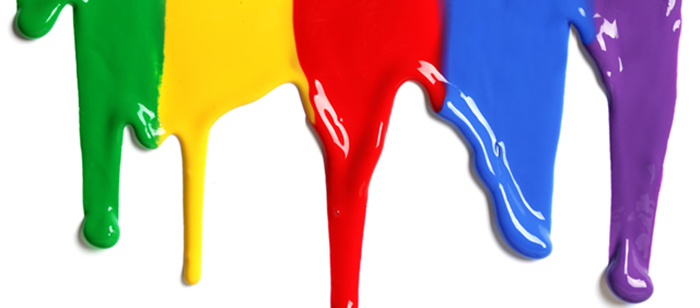PhD defense: Yu Wang, Physically-Based Modeling and Animation

Computer Science and Electrical Engineering
University of Maryland, Baltimore County
Ph.D. Dissertation Defense
The Modeling Equation: Solving the Physically-Based
Modeling and Animation Problem with a Unified Solution
Yu Wang
12:00pm Friday, 28 August 2015, ITE 352
Physically-based modeling research in computer graphics is based largely on derivation or close approximation from physics laws defining the material behaviors. From rigid object dynamics, to various kinds of deformable objects, such as elastic, plastic, and viscous fluid flow, to their interaction, almost every natural phenomena can find a rich history in computer graphics research. Due to the nonlinear nature of almost all real world dynamics, the mathematical definition of their behavior is rarely linear. As a result, solving for the dynamics of these phenomena involves non-linear numerical solvers, which sometimes introduces numerical instability, such as volume gain or loss, slow convergence.
The contribution of this project is a unified particle-based model that implements an extended SPH solver for modeling fluid motion, integrated with rigid body deformation using shape matching. The model handles phase changes between solid and liquid, including melting and solidification, where material rigidity is treated as a function of time and particle distance to the object surface, and solid fluid coupling, where rigid body motion causes secondary fluid flow motion. Due to the stability of the fluid-rigid interplay solver, we can introduce artistic control to the framework, such as rigging, where object motion is predefined by either artistic control, or procedurally generated dynamics path. Interaction with the fluid can be indirectly achieved by rigging the rigid particles which implicitly handles rigid-fluid coupling. We used marching cubes to extract the surfaces of the objects, and applied the PN-triangles to replace the planar silhouettes with cubic approximations. We provide discussion on evaluation metrics for physically-based modeling algorithms. In addition, GPU solutions are designed for physics solvers, isosurface extraction and smoothing.
Committee: Drs. Marc Olano (CSEE; Advisor, Chair), Penny Rheingans (CSEE), Jian Chen (CSEE), Matthias Gobbert (Math), Lynn Sparling (Physics)
Posted: August 24, 2015, 10:17 PM